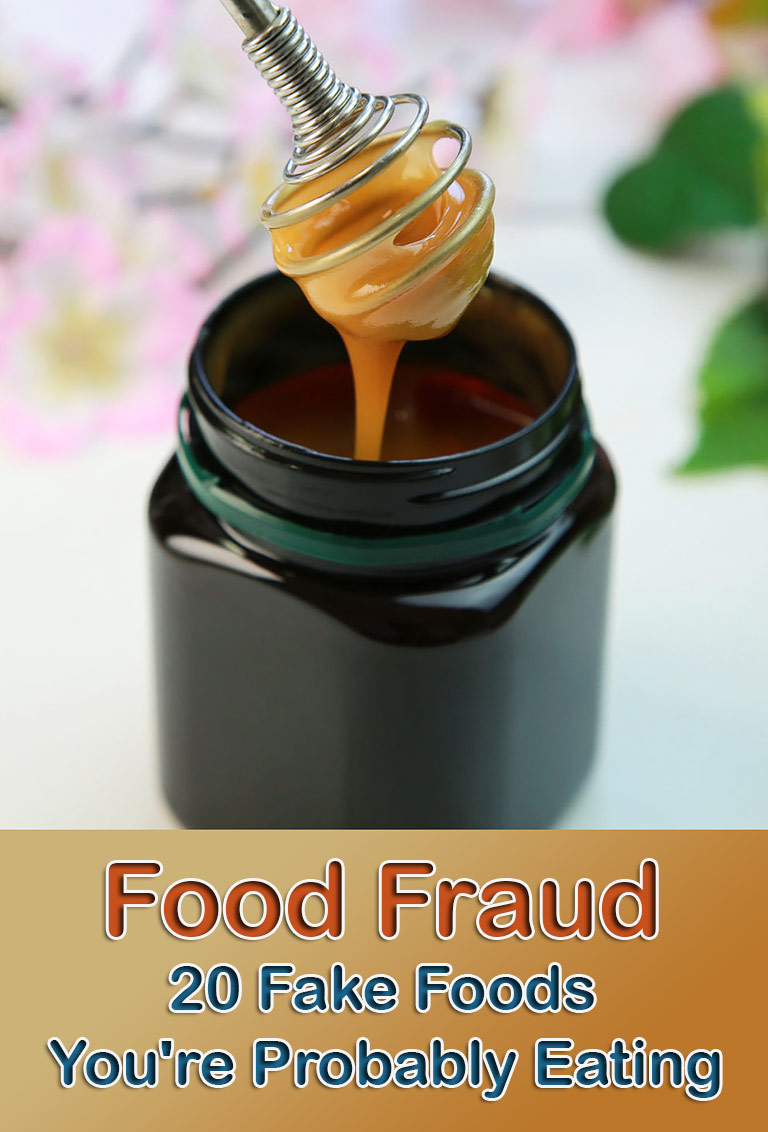
So many foods we buy and consume aren’t what they claim to be – a practice known as food fraud. Any sort of intentional substitution, addition, tampering, or misrepresentation of a food, its ingredients, or its packaging can be considered fraud.
While some of these deceptive items are relatively rare, other imitation and imposter products are all around us. Keep reading to discover 20 of the most fraudulent foods you may be buying!
1. Olive Oil
This Mediterranean favorite is high in good fats and antioxidants, and brings a number of health benefits.
However, chances are the olive oil you buy isn’t true to its label. It has been reported by Forbes that 80% of the Italian olive oil on the market is fraudulent. In most cases you’re getting a lesser quality than what’s labeled – regular oil instead of extra virgin for example.
At worst, it’s a vegetable oil such as corn or sunflower cleverly disguised with artificial coloring and aroma!
2. Milk
According to a 2014 Congressional Research Service report, milk and dairy products are among the top foods associated with food fraud.
For example, some cow milk has been found to have the milk of other animals added to it, and in certain cases it has been adulterated with reconstituted milk powder, starch, lard, urea, oil, sugar, salt, and skim milk powder.
3. Chocolate Milk

This sweetened dairy product is often sold as a great post-workout recovery drink. But it may be better to make your own rather than pick one off the shelves.
If you take a second glance at the label of some of these ‘milks’, you’ll see they are called ‘chocolate drinks’ – precisely as they aren’t made from milk. They do, however, provide plenty of high fructose corn syrup, artificial flavors, corn syrup solids, palm oil, salt, soy lecithin, and some dry milk powders and milk proteins.
4. Green Tea
A comforting and healing drink, green tea always seems like a healthy option, right? But it really depends on your source.
If you make your green tea from tea leaves and water then it’s a fantastic option, but if you find it pre-prepared on the shelves of the grocery store, it’s probably not a good idea.
Some brands contain 10 ingredients, 21g sugar (almost as much as a soda), flavors, caramel coloring, and plenty of extracts, including a green tea extract.
5. Coffee
This caffeinated drink is another vulnerable item when it comes to food fraud. Ground coffee can be cut with leaves, twigs, roasted corn, ground roasted barley, and even roasted ground parchment.
Instant coffee can include chicory, cereals, caramel, parchment, starch, malt, and figs!
Clearly, buying whole beans and grinding them at home may be the best option.
6. Saffron

As one of the world’s most expensive spices – more expensive than gold in fact – saffron is a rare treat for most. Don’t be tempted by cut-price saffron though! It has likely been mixed with glycerin, sandalwood, food dyes, or barium sulfate.
Other saffron doppelgangers include marigold or calendula flowers, turmeric, poppy petals, and colored corn silk fiber.
7. Truffle Oil
A foodie favorite, truffle oil isn’t actually flavored with real truffles.
The New York Times reports that most are concocted from a mixture of olive oil and several aromatic compounds such as 2,4-dithiapentane, which have been created in a laboratory.
8. Instant Mashed Potatoes
Boxed, mashed potatoes are far from their healthy, whole-food cousins. While their first ingredient may be dehydrated potato flakes, the list doesn’t end there.
They also contain preservatives, partially hydrogenated cottonseed oil, flavorings, sodium acid pyrophosphate, and butter oil…among other things.
9. Peanut Butter

The best peanut butters, which you’ll find in health food stores, contain just one or two ingredients – peanuts, and perhaps a pinch of salt. Unfortunately, the majority of supermarket brands contain a lot more than that – making them far from peanut butter in the traditional sense.
Check labels and you’ll soon notice scary extras like palm oil, sugar, agave syrup, fully hydrogenated vegetable oils, maltodextrin, magnesium oxide, niacinamide, ferric orthophosphate, copper sulfate, and pyridoxine hydrochloride.
10. Lemonade
Sweet, sour and refreshing all at once, lemonade typically includes fresh lemon juice, sugar and water.
Some lemonade brands, though, give you a little more than you bargained thanks to a barrage of additives. And others don’t even contain lemons!
Instead, you’ll find things like sugar, fructose (a.k.a. more sugar), maltodextrin, natural flavor, sodium acid pyrophosphate, sodium citrate, soy lecithin, and artificial yellow dye to give your drink a lemony hue.
11. Blueberry Cereals and Pancakes
Berries are loaded with antioxidants and other nutrients – but they’re expensive to buy, which is why they are so often faked in foods.
While words and images may lead you to believe real berries were used, a whole host of cereals, pancake mixes, waffles, breads, muffins and more actually don’t contain any of these fruits!
Natural News reports that blueberries are frequently manufactured from sugar, corn syrup, starch, hydrogenated oil, artificial flavors, and artificial food dye blue No. 2 and red No. 40.
12. Maple Syrup

Real maple syrup is a delicious alternative to refined sugar – but just make sure you are buying a good quality syrup that has been harvested from a maple tree and graded based on color.
If your syrup is labeled ‘maple flavored’ or ‘pancake syrup’, it’s not the real deal. This cheaper alternative is made from high-fructose corn syrup blended with a variety of chemical colors and artificial flavors.
13. Butter Spray
‘Buttered’ popcorn is yet another misnomer. Your popcorn is likely coated in an artificial creation consisting of soybean oil, salt, sweet cream buttermilk, xanthan gum, soy lecithin, polysorbate 60, lactic acid, potassium sorbate, calcium disodium EDTA, and natural coloring.
Some brands also contain diacetyl, a chemical which in large doses is linked to Alzheimer’s disease; and even gluten, which is a concern for Celiacs and the gluten intolerant.
14. Cheese Products
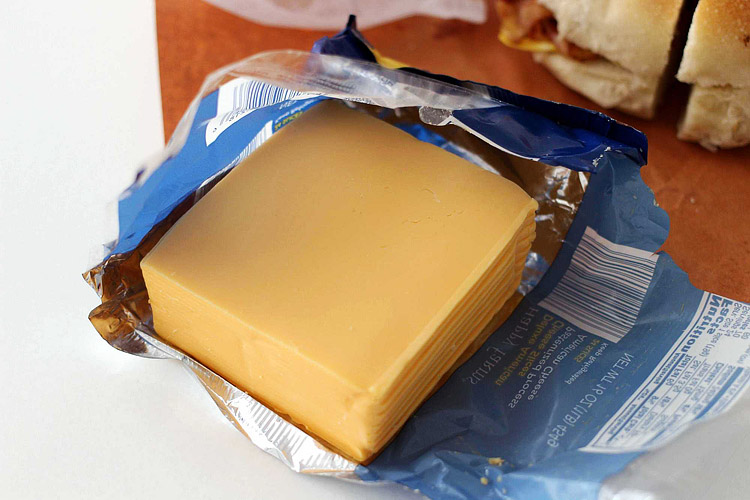
Fake cheese is everywhere! It comes as slices, sauces, sprays, shreds and more. Along with oils, cultures and protein concentrates, these cheese analogues are made with a whole list of unnecessary ingredients including sodium phosphate, calcium phosphate, lactic acid, sodium alginate, autolyzed yeast extract, sorbic acid, and artificial colors.
In the UK, 19 out of 20 take-out restaurants were found to serve pizzas containing fake cheese, while Dutch news reports claim that up to 40% of cheese on their shelves is actually imitation.
15. Fruit Juices
They’re not the healthiest choice when it comes to rehydrating, thanks to their high sugar, low fiber combination. But some fruit juices may be worse than we thought.
For example, the Food Fraud Database is filled with reports of orange juices containing ingredients like grapefruit juice, mandarin juice, marigold extract, sugar, high-fructose corn syrup, cane sugar hydrolysates, beet sugar hydrolysates, MSG, and sodium benzoate fortified orange pulp-wash!
16. Honey
Tests carried out by Food Safety News found that most products labeled ‘honey’ on the shelves of US supermarkets weren’t actually honey, because the presence of pollen is necessary in order to label a product as honey.
These tests showed that pollen was missing in 100% of honey samples from drugstores and fast food outlets, and in over 75% of grocery store samples.
Pollen is only filtered out to hide the source of the honey, which is almost always China – a country which loads its poor quality honey with high-fructose corn syrup, sweeteners, chemicals, and antibiotics.
Be vigilant when it comes to Manuka honey too! Only 2,000 to 3,000 tons of genuine Manuka honey is made every year, yet three times that much is allegedly sold around the world.
17. Chocolate Chip Cookies
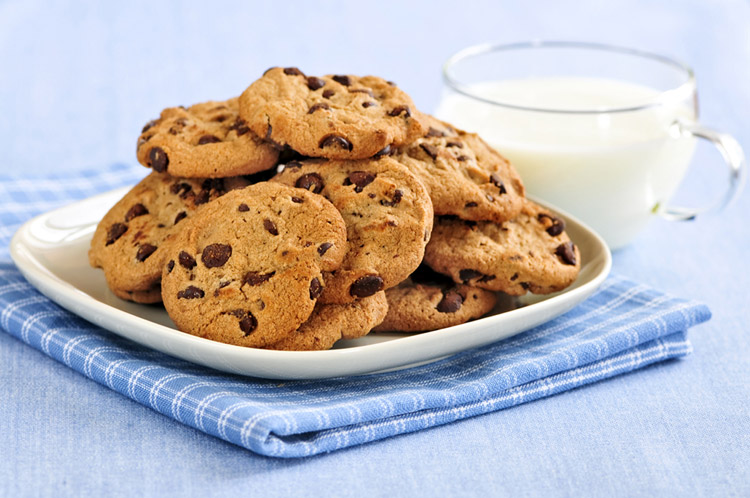
Look closely at your favorite cookie brand – if you see the term ‘chocolate chip flavored cookies’, they don’t contain real chocolate!
The FDA requires that real chocolate contains cocoa butter, but many cookie manufacturers cut costs by substituting vegetable oils such as partially hydrogenated palm kernel oil – a trans-fat.
18. Caramel Syrup
This sweet and sticky treat may look and taste somewhat like caramel, but it’s far from it.
Caramel syrup of this nature is manufactured from high fructose corn syrup and given its color by heating ammonia and sulfites to form compounds which are known carcinogens. Tests have shown that high doses of these compounds cause tumors on the liver, lungs, and thyroid of rats and mice.
19. Whipped Cream
Some light and fluffy whipped cream brands contain an incredible 14 ingredients – the worst being hydrogenated vegetable oil, high fructose corn syrup, artificial flavor, coloring, polysorbate 60, and sorbitan monostearate.
Save money and gain peace of mind by making your own one-ingredient version.
20. Crab Meat
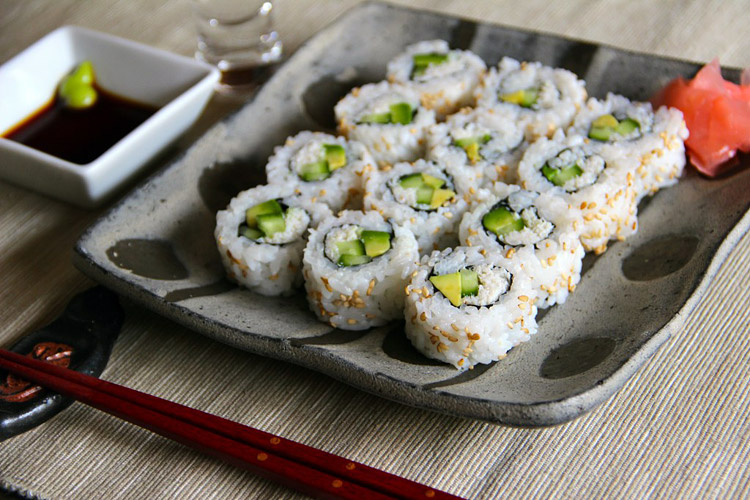
A popular sushi choice, the California roll actually contains no crab meat at all. The FDA has regulated it must be referred to as ‘imitation crab’ because it’s made from surimi, a blend of various ground fish – the ‘hot-dog of the sea’ as some have dubbed it.
It also usually contains starch, artificial flavors, sodium, and sometimes gluten and MSG!
Crab isn’t the only mislabeled fish you’ll come across. In a two-year analysis by Oceana, it was discovered that one in every three of the 1,215 fish samples tested were incorrectly labeled according to FDA guidelines.


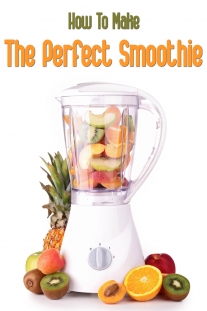
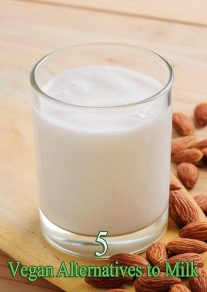

Leave a Reply